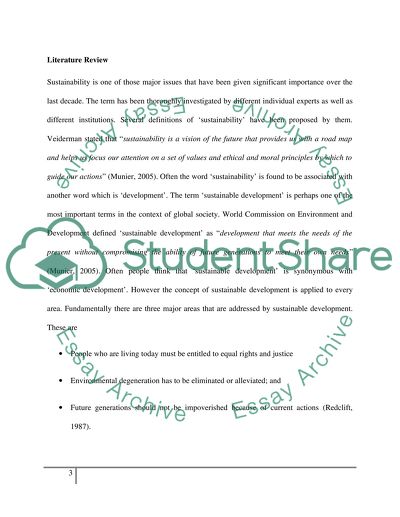Cite this document
(“A literature review 'what are the concepts behind sustainable housing Essay”, n.d.)
A literature review 'what are the concepts behind sustainable housing Essay. Retrieved from https://studentshare.org/miscellaneous/1567000-a-literature-review-what-are-the-concepts-behind-sustainable-housing-development
A literature review 'what are the concepts behind sustainable housing Essay. Retrieved from https://studentshare.org/miscellaneous/1567000-a-literature-review-what-are-the-concepts-behind-sustainable-housing-development
(A Literature Review 'What Are the Concepts Behind Sustainable Housing Essay)
A Literature Review 'What Are the Concepts Behind Sustainable Housing Essay. https://studentshare.org/miscellaneous/1567000-a-literature-review-what-are-the-concepts-behind-sustainable-housing-development.
A Literature Review 'What Are the Concepts Behind Sustainable Housing Essay. https://studentshare.org/miscellaneous/1567000-a-literature-review-what-are-the-concepts-behind-sustainable-housing-development.
“A Literature Review 'What Are the Concepts Behind Sustainable Housing Essay”, n.d. https://studentshare.org/miscellaneous/1567000-a-literature-review-what-are-the-concepts-behind-sustainable-housing-development.


